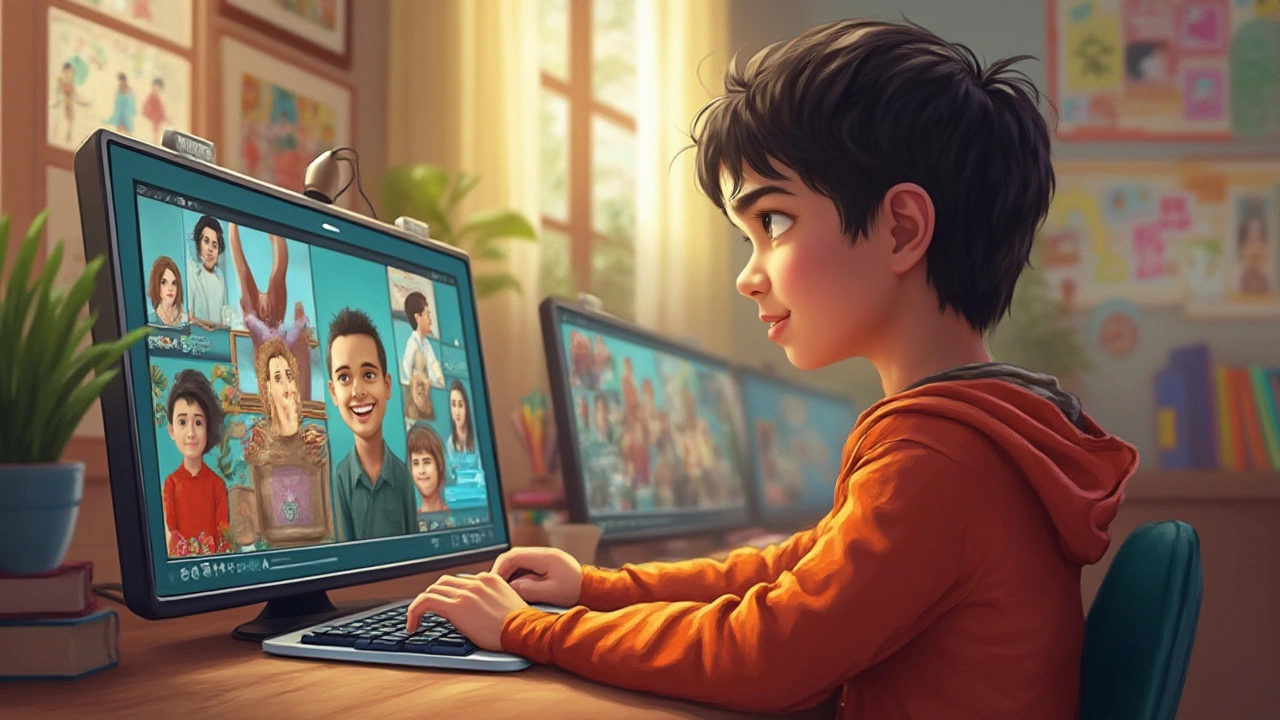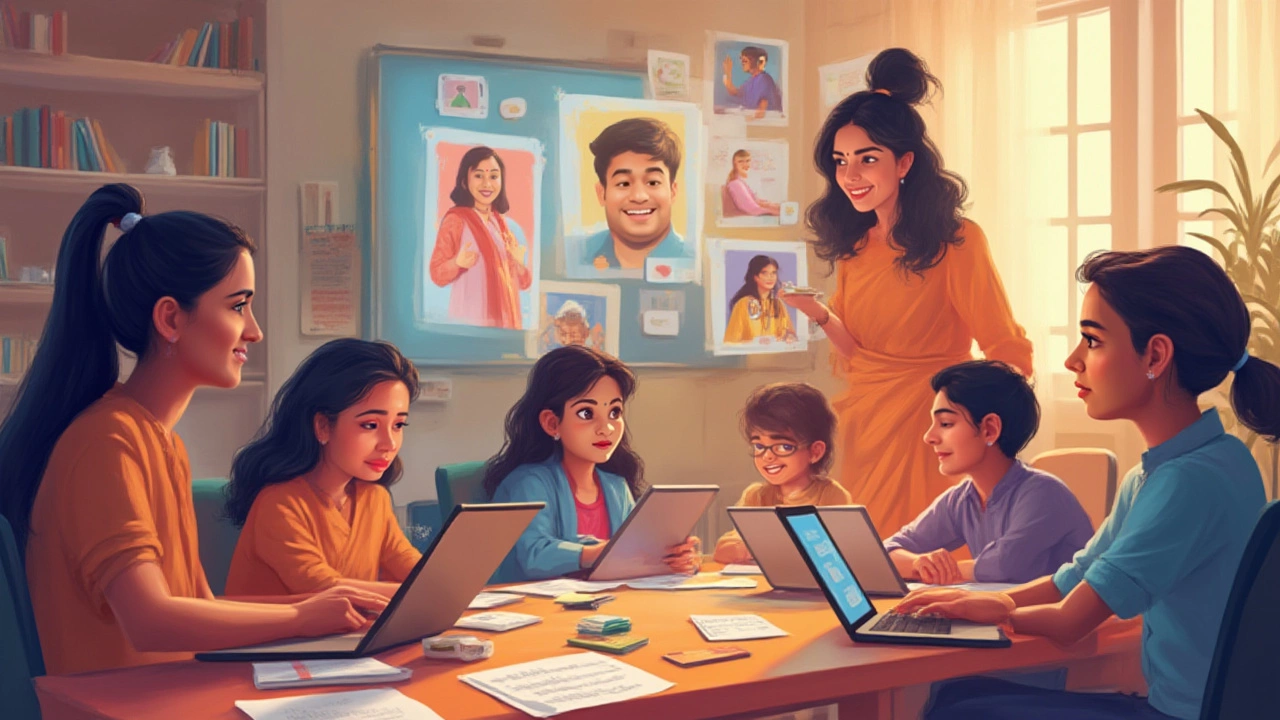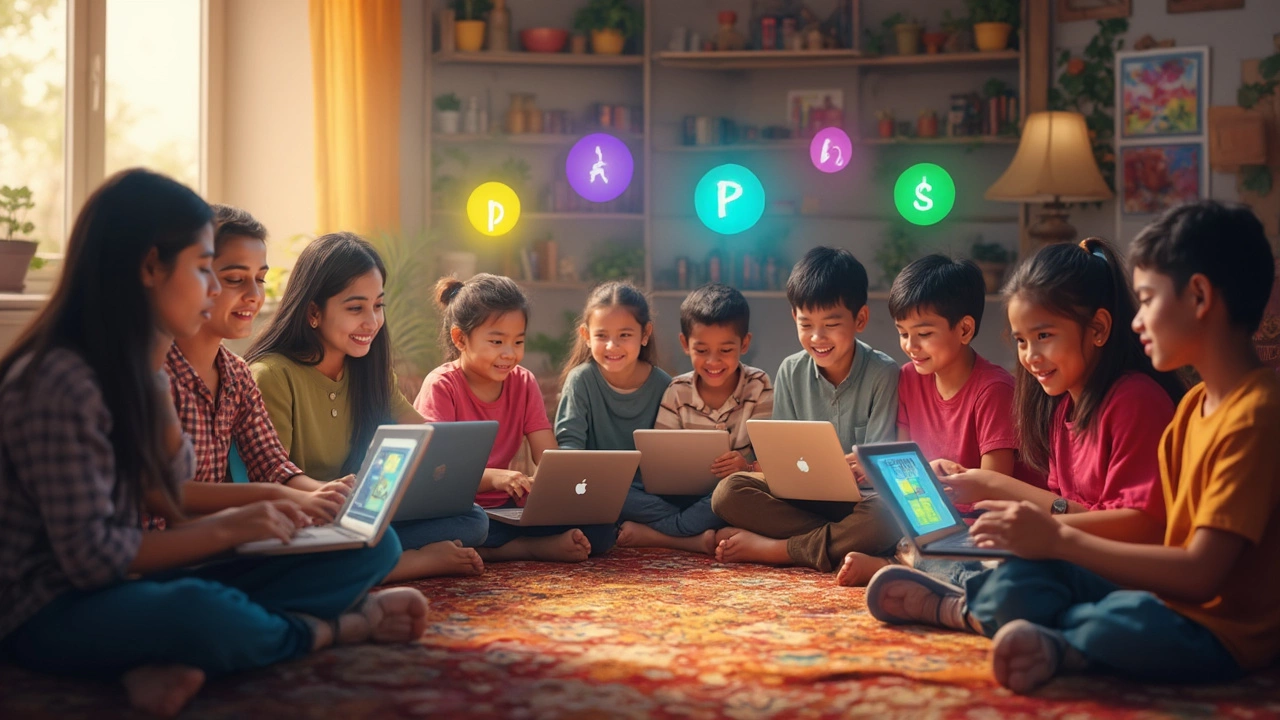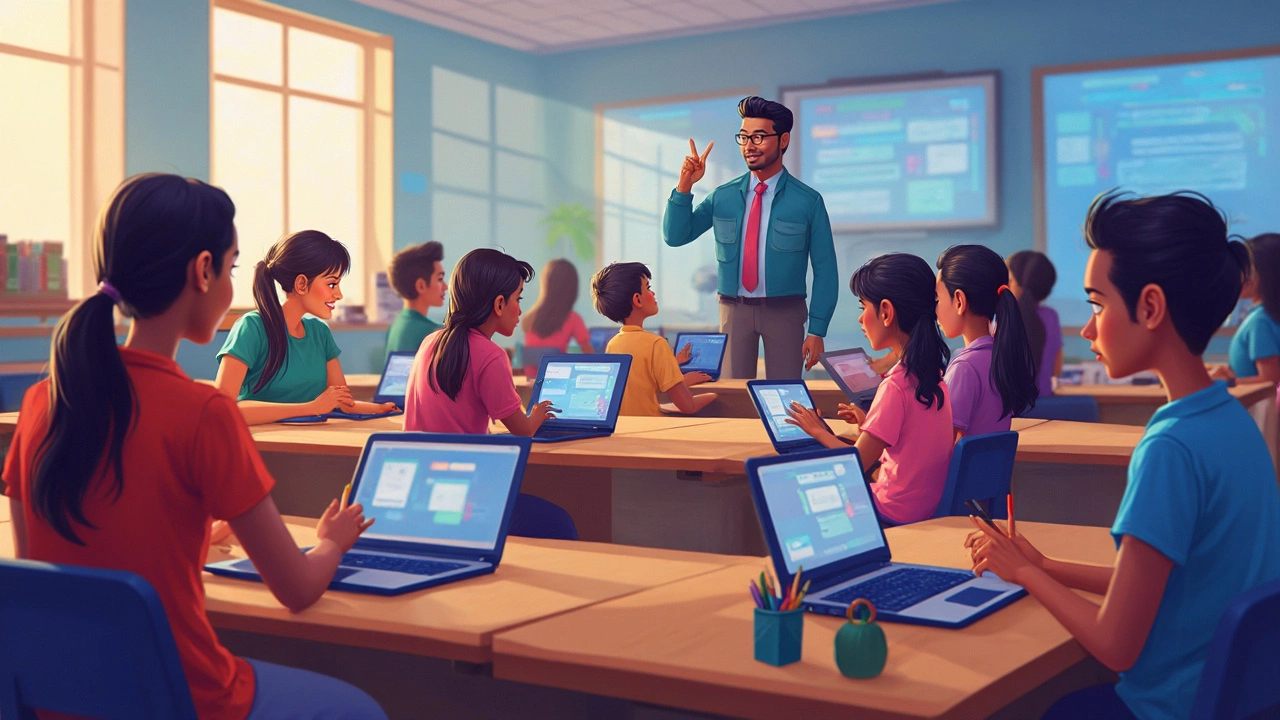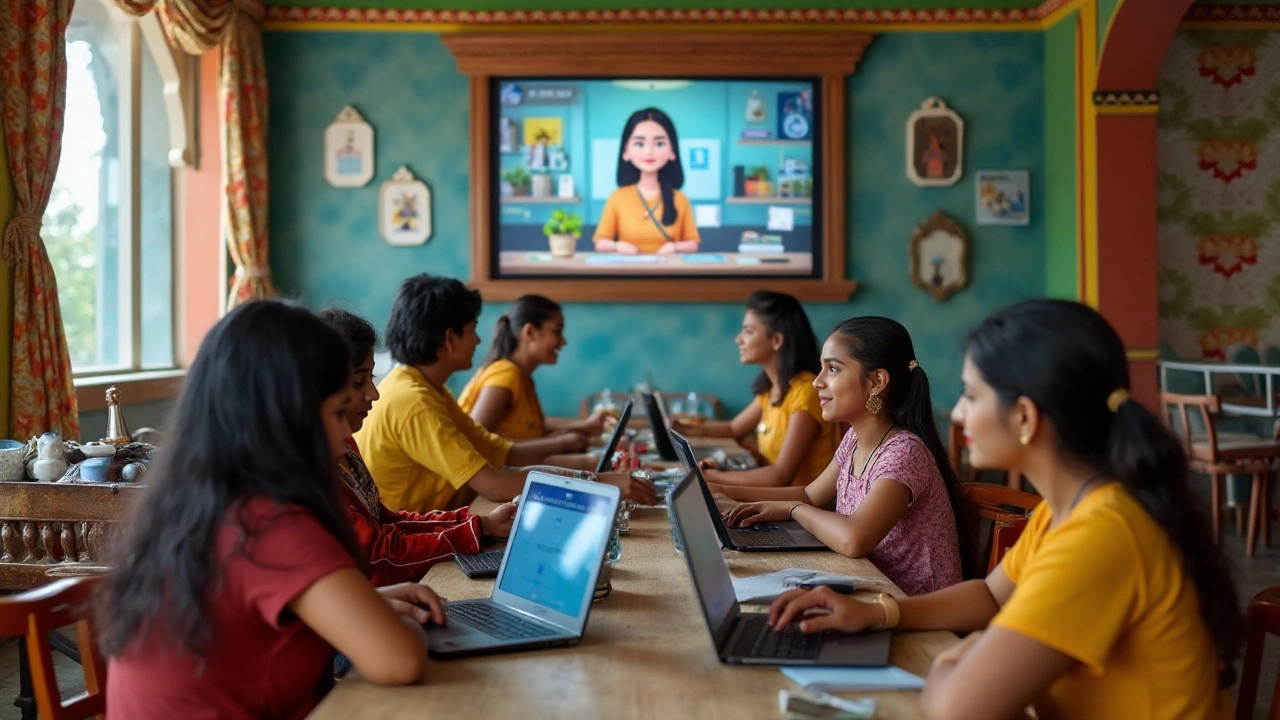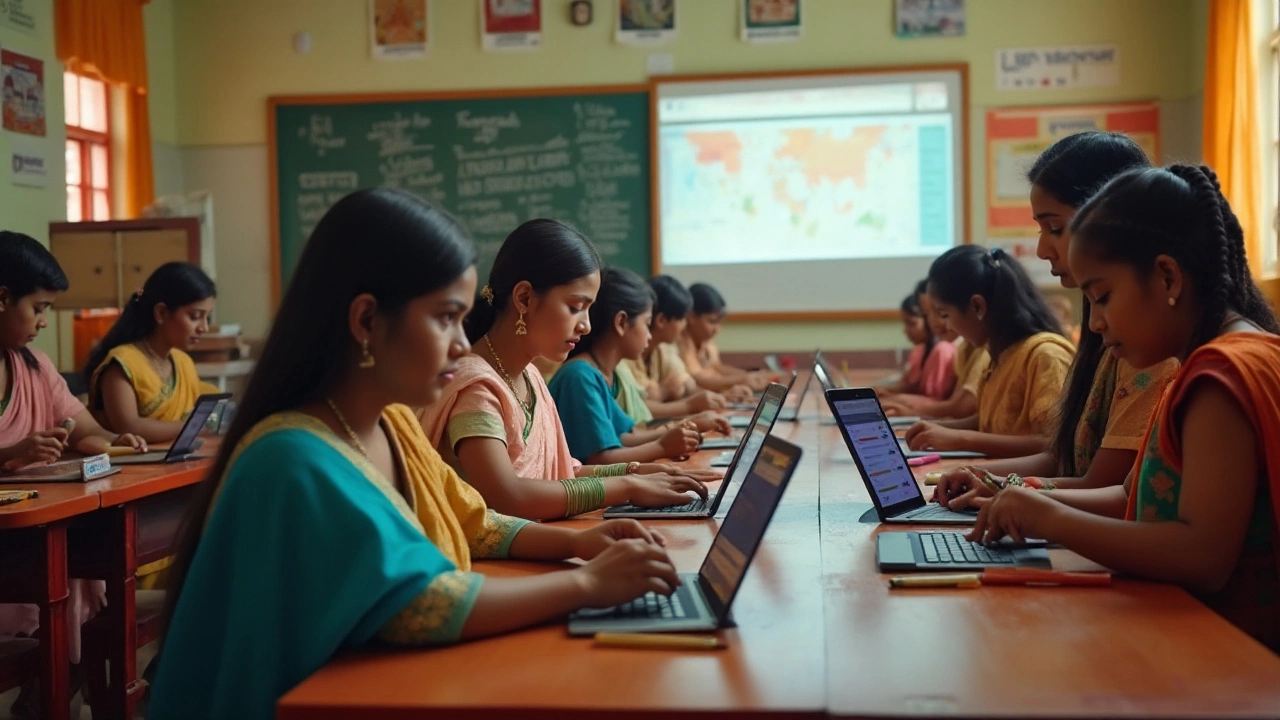Online Education: What It Is, How It Works, and What Works Best
When you hear online education, the delivery of learning content over the internet, often without needing to be in a physical classroom. Also known as eLearning, it’s not just videos and slides—it’s a system designed to help people learn anytime, anywhere. It’s not new, but it’s changed. Schools, colleges, and even big companies now use it to train people faster and cheaper. And it’s not one thing—it’s a mix of tools, methods, and platforms that work together to turn passive watching into real learning.
What makes online education work? It’s not the tech alone. It’s how it’s built. You need structure—like the eLearning stages, the four-step process of Analysis, Design, Development, and Implementation with Evaluation that turns raw content into actual learning outcomes. Without this, you just have a bunch of videos sitting unused. Then there’s the platform—things like online learning platforms, digital systems like Coursera, Khan Academy, or custom LMS tools that host courses, track progress, and let learners interact. These aren’t just websites. They’re ecosystems. And they need to be chosen wisely. A bad platform can kill even the best course.
Who uses this? Students. Teachers. Professionals trying to switch careers. People in small towns with no local colleges. People who work nights and study mornings. Online education doesn’t care where you are. It only cares if you can get access. And that’s why it’s growing fast—especially in India, where internet reach is expanding and demand for affordable learning is high. But here’s the catch: not all online courses are equal. Some teach you how to code. Others help you pass the JEE. Some give you a certificate employers actually recognize. Others? Worthless. You need to know the difference.
That’s why the posts here aren’t just random links. They’re real, practical guides. You’ll find out how Google tools can help you build a course. You’ll see which certifications you can get in weeks, not months. You’ll learn why Coursera certificates matter—and when they don’t. You’ll see what a real eLearning example looks like, step by step. And you’ll understand why virtual learning isn’t the same as eLearning, even though people mix them up.
This isn’t about theory. It’s about what works. If you’re trying to learn something new, teach others online, or just figure out if this whole digital classroom thing is worth your time—what’s below is your shortcut. No fluff. Just what you need to know.
